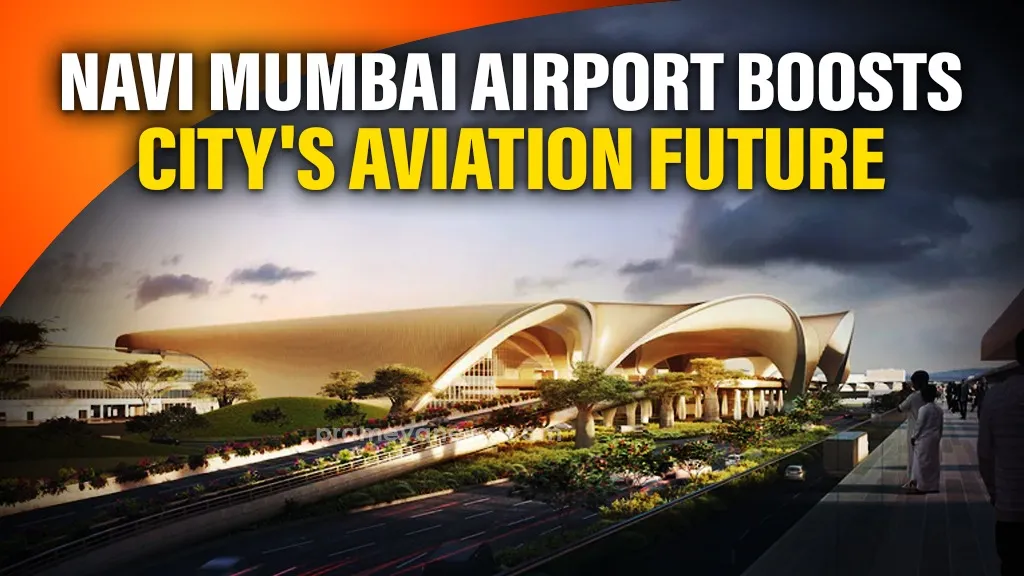

Navi Mumbai's New International Airport Set for Grand Unveiling
A new chapter in India's aviation history is set to begin today as Prime Minister Narendra Modi inaugurates the first phase of the Navi Mumbai International Airport (NMIA). This monumental ₹19,650 crore greenfield project, the largest of its kind in the country, will serve as a crucial second international gateway for the Mumbai Metropolitan Region, designed to alleviate chronic congestion and propel regional economic growth.
A New Gateway for a Global Metropolis
Developed under a Public-Private Partnership model, the sprawling 1,160-hectare airport is an infrastructural marvel engineered to meet the demands of one of the world's busiest urban centers. Once fully operational, NMIA is projected to handle a staggering 90 million passengers and 3.25 million metric tonnes of cargo annually, effectively doubling the region's capacity and positioning Mumbai among the elite group of global cities with multi-airport systems.
The operational rollout will be phased, with domestic flights scheduled to commence shortly after the inauguration, followed by the launch of international routes by December. Major Indian carriers, including IndiGo, Air India, and Akasa Air, have already confirmed they will be launching operations from the new hub.
Architectural Vision and Passenger-Centric Design
The airport's aesthetic is as ambitious as its scale. The terminal design, conceived by the world-renowned Zaha Hadid Architects, is inspired by the lotus flower, India's national flower, creating a visually stunning and culturally significant landmark. The interior spaces will further celebrate the region's heritage, showcasing art that reflects the rich history and culture of Maharashtra.
Passenger experience is at the heart of the airport's design. A standout feature is the Automated People Mover, an internal transit system designed to provide seamless and efficient connectivity between the airport's four terminals. This focus on smooth passenger flow is a key element of the airport's strategy to set a new standard for air travel in India.
A Hub of Innovation and Sustainability
NMIA is not just a new airport; it is a vision for the future of aviation. It aims to become India's first fully digital airport, with plans for entirely paperless operations, from digital boarding passes to a dedicated mobile app providing real-time travel updates.
Sustainability is another core pillar of the project. The facility includes dedicated storage for Sustainable Aviation Fuel (SAF) and will generate a significant portion of its own power through a 47 MW solar plant. The commitment to green transport extends to ground operations, with a fleet of electric buses for public transit and a pioneering water taxi service—the first of its kind for an Indian airport—connecting it to the city.
A Tribute to a Local Hero
In a fitting tribute to the region's history, the airport will be officially named after the late Dinkar Balu Patil. The decision, confirmed by the Maharashtra government, honors the respected local leader who tirelessly campaigned to ensure that the people affected by the original land acquisition for the Navi Mumbai planned city received rightful and just compensation. The naming serves as a permanent acknowledgment of his crucial role in the region's development.
With its grand scale, innovative technology, and deep cultural resonance, the Navi Mumbai International Airport is poised to become more than just a transport hub; it is a symbol of India's soaring infrastructural ambitions.